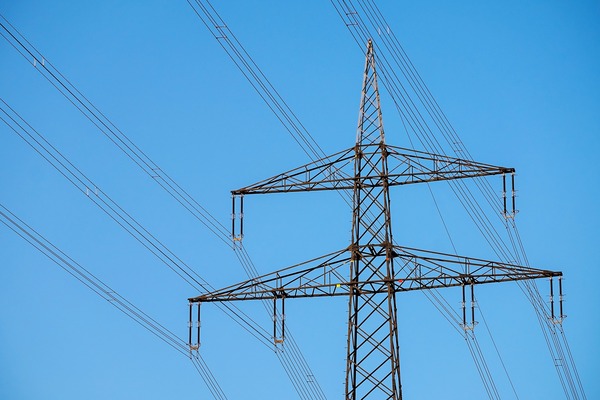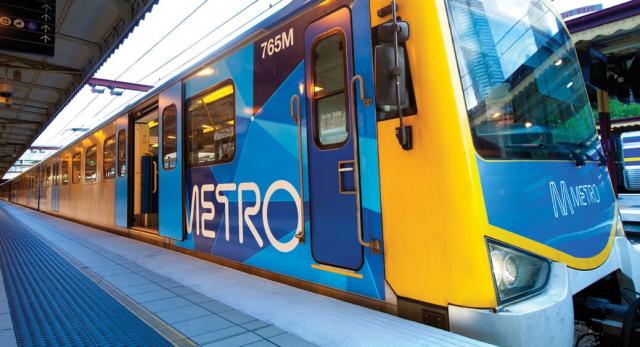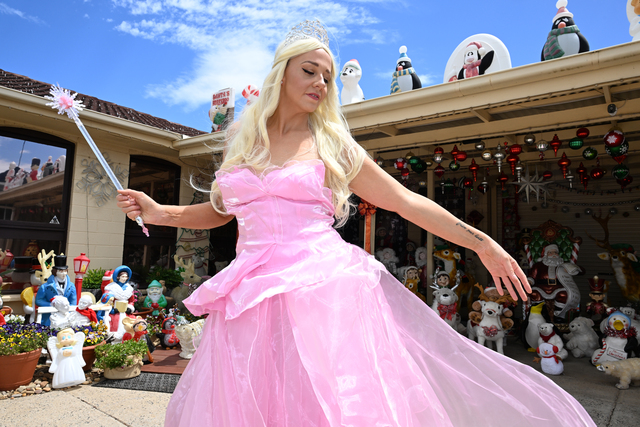Landowners likely to be impacted by the controversial Western Transmission Network Project have been given a chance to raise their concerns with the Department of Environment, Land, Water and Planning (DELWP).
Moorabool council hosted a video conference with residents and the department on Thursday night, during which DELWP senior impact assessor Jack Krohn spoke about the project’s Environment Effects Statement (EES), which is a key step in decision making for the power line project.
The EES process aims to allow decision makers to make informed conclusions about whether a project should proceed considering its environmental effects.
AusNet is proposing to build an 190-kilometre transmission line above ground, stretching from Bulgana near Stawell through Moorabool and Melton to Sydenham.
Mr Krohn said the department was investigating alternative measures for the project. As reported by Star Weekly, AusNet’s proposal has been met with anger in the community, with residents, council and local MPs calling for the powerlines to be placed underground.
“Undergrounding is identified as one of the possible alternatives that might deliver an environmentally superior outcome for this project,” Mr Krohn said.
Mr Krohn said the EES report will also include an assessment of potential impacts to the environment in the future, such as transmission towers starting or worsening bushfires.
During the session, residents raised concerns for the “abundant” wildlife and forest areas which would be greatly impacted by the network.
Mr Krohn said he couldn’t comment on what specific measures may be taken for particular areas or species, but that the department will include a specific investigation in its report.
“There’s a system for dealing with mitigation and dealing with the sorts of impacts that may be identified. But at those very specific levels, it’ll be in the final package,” he said.
Earlier this week, AusNet released new guidelines for landholders, addressing issues like land access, compensations and easements.
Executive project director Stephanie McGregor said the compensation will be calculated and assessed on a case-by-case basis and not be done with a “blanket approach”.
“Compensation is understandably a critical issue for landholders and that’s why we’ve developed these comprehensive guidelines as quickly as possible, ahead of the proposed route being determined,” Ms McGregor said.
AusNet stated the compensation will also take into account farmland that will be impacted by the towers, and includes replacement of machinery which can work around the towers.
A study done by AusNet into the use of land and machinery height limits under the proposed transmission line confirmed that farming, including irrigated horticulture, can safely continue.
There will be a second session held by the council on Thursday, November 25 on understanding renewable energy zones.







